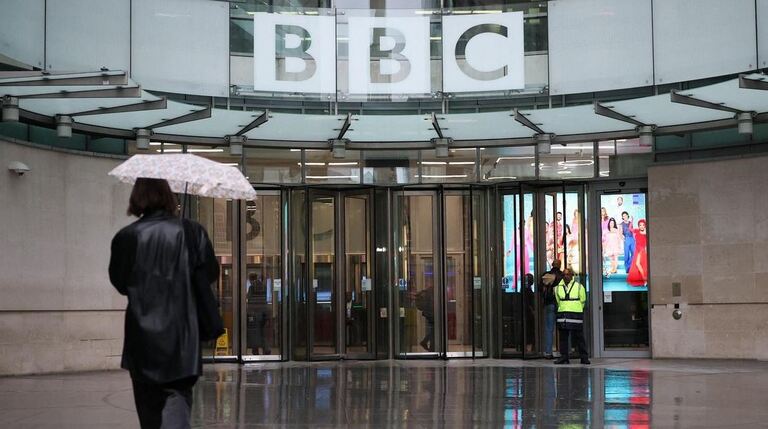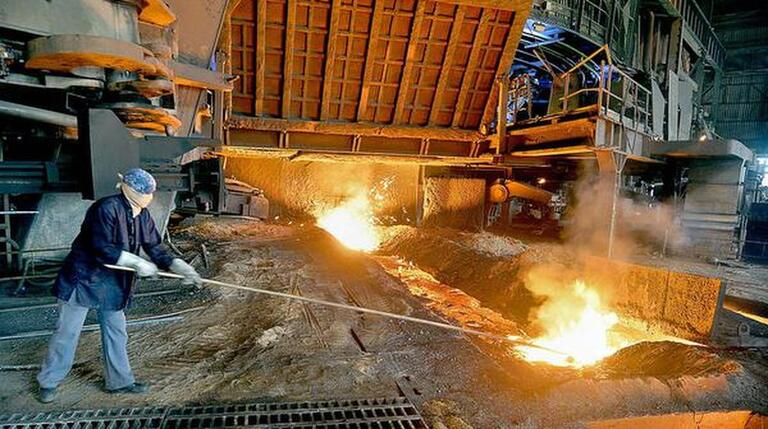
Sustainability in Design: How Eco-Friendly Practices are Influencing Consumer Choices
In today’s world, sustainability in design is more than just a trend—it’s a strategic shift that’s shaping consumer behavior. As environmental challenges such as climate change become more urgent, there is an increasing demand for eco-friendly architecture and sustainable design practices. In this article, we explore how sustainable design is transforming industries like architecture and interior design, and why businesses must embrace these changes to stay competitive.
Why Sustainable Design is Important for the Future
The built environment plays a major role in global carbon emissions, accounting for nearly 40% of the world’s carbon footprint. Designers, architects, and builders are crucial in reducing these emissions through the adoption of green design principles. By using sustainable materials like recycled wood, bamboo, and low-VOC paints, professionals can create spaces that minimize environmental impact while maximizing energy efficiency.
Key Sustainable Design Certifications: LEED and WELL
Sustainability certifications such as LEED (Leadership in Energy and Environmental Design) and WELL Building Standard are now key indicators of a space’s environmental performance. LEED focuses on energy conservation, water efficiency, and reducing carbon emissions, while WELL places emphasis on healthy environments and occupant well-being through features like natural light, air quality, and ergonomic design.
These certifications not only help businesses meet environmental goals but also assure consumers that they are making eco-conscious decisions. As a result, sustainable buildings and designs that meet these standards are increasingly becoming a selling point in the marketplace.
The Growing Popularity of Eco-Friendly Materials
Sustainable materials are gaining traction in both architecture and interior design. These materials are not only environmentally responsible but also versatile and aesthetically pleasing. Recycled steel, reclaimed wood, bamboo, and cork are all increasingly being used in place of resource-heavy materials like steel and concrete. Additionally, the use of energy-efficient insulation and water-saving fixtures is now standard in modern green buildings.
This demand for sustainable materials is driven by consumer awareness and growing concern for the planet. Manufacturers are stepping up by producing certified green materials, making it easier for designers to incorporate eco-friendly options into their projects.
Why Sustainability is a Competitive Advantage for Businesses
Sustainability is no longer just a buzzword—it has become an important marketing strategy. Consumers today are more informed and selective, preferring brands that share their environmental values. Whether through eco-friendly packaging, ethical sourcing, or green construction, businesses that embrace sustainability build stronger relationships with their customers, which leads to increased brand loyalty and a competitive edge in the marketplace.
The Future of Sustainable Design
Sustainable design is shaping the future of industries like architecture, interior design, and construction. As climate-related challenges intensify, the demand for green buildings and eco-friendly materials will only continue to grow. Designers and architects who prioritize sustainability will not only be meeting market demand but also leading the way in protecting the planet.
The future of green architecture and sustainable interior design lies in adopting innovative technologies, smart building systems, and sustainable materials that minimize environmental impact and create healthier, more efficient spaces.
Conclusion: Embrace Sustainability for a Better Future
Sustainable design practices are no longer optional—they are critical to addressing the climate crisis and are reshaping industries globally. Whether you’re an architect, designer, or business owner, embracing sustainability is essential for future success. By prioritizing green building practices, eco-friendly materials, and energy-efficient solutions, you can contribute to a more sustainable future while meeting the growing demand from environmentally-conscious consumers.







